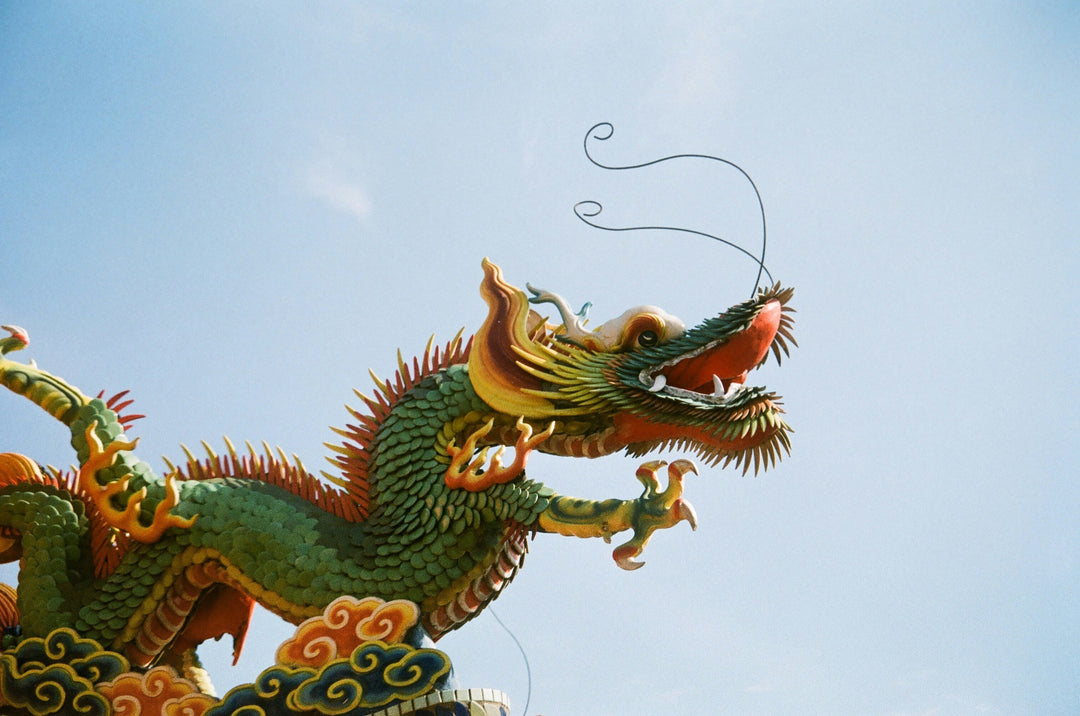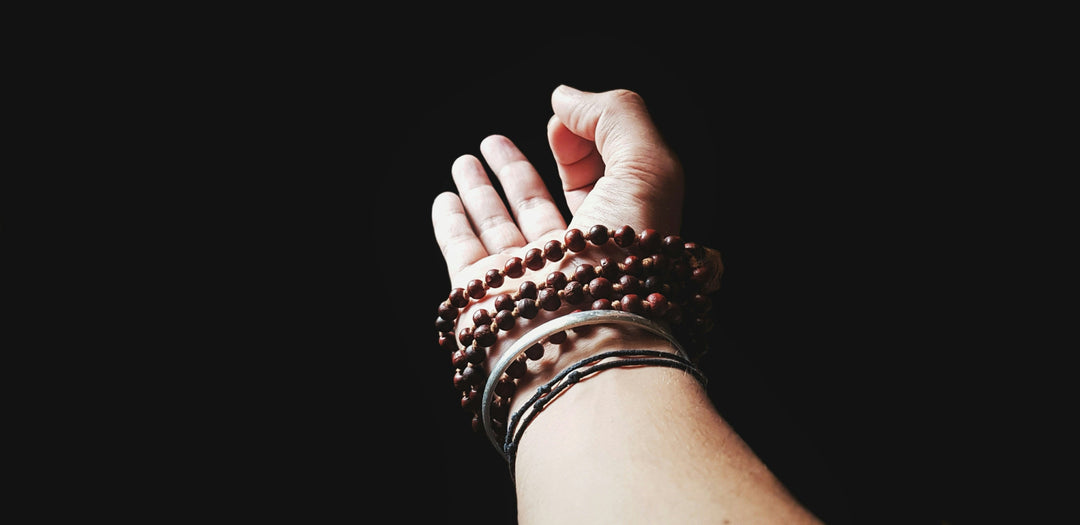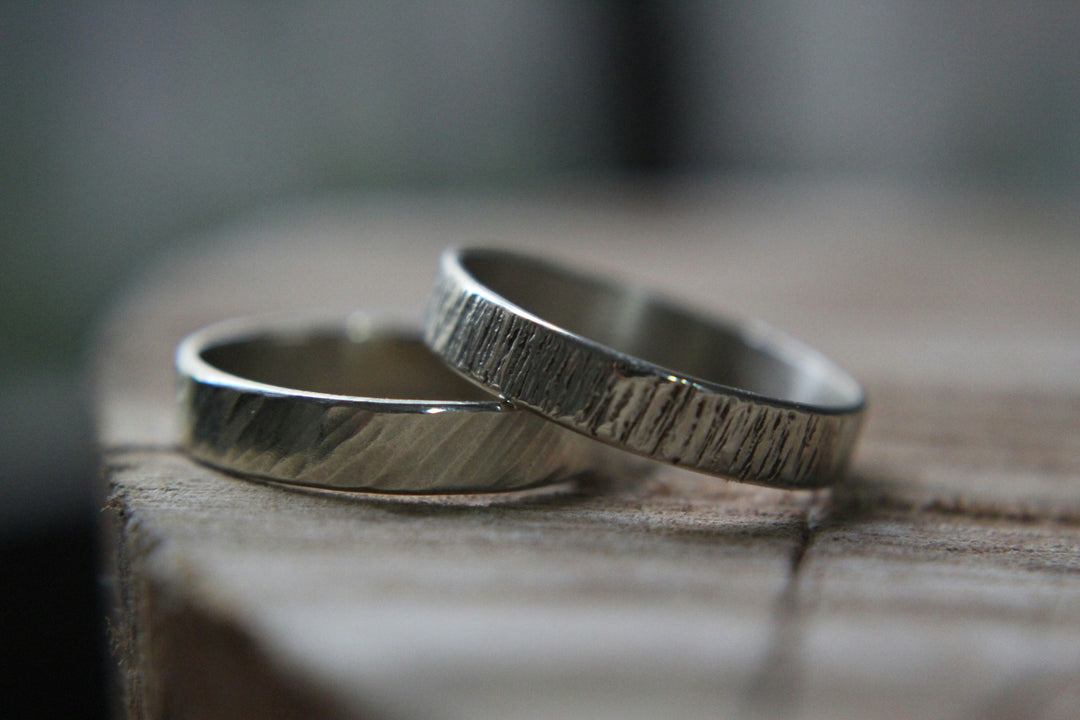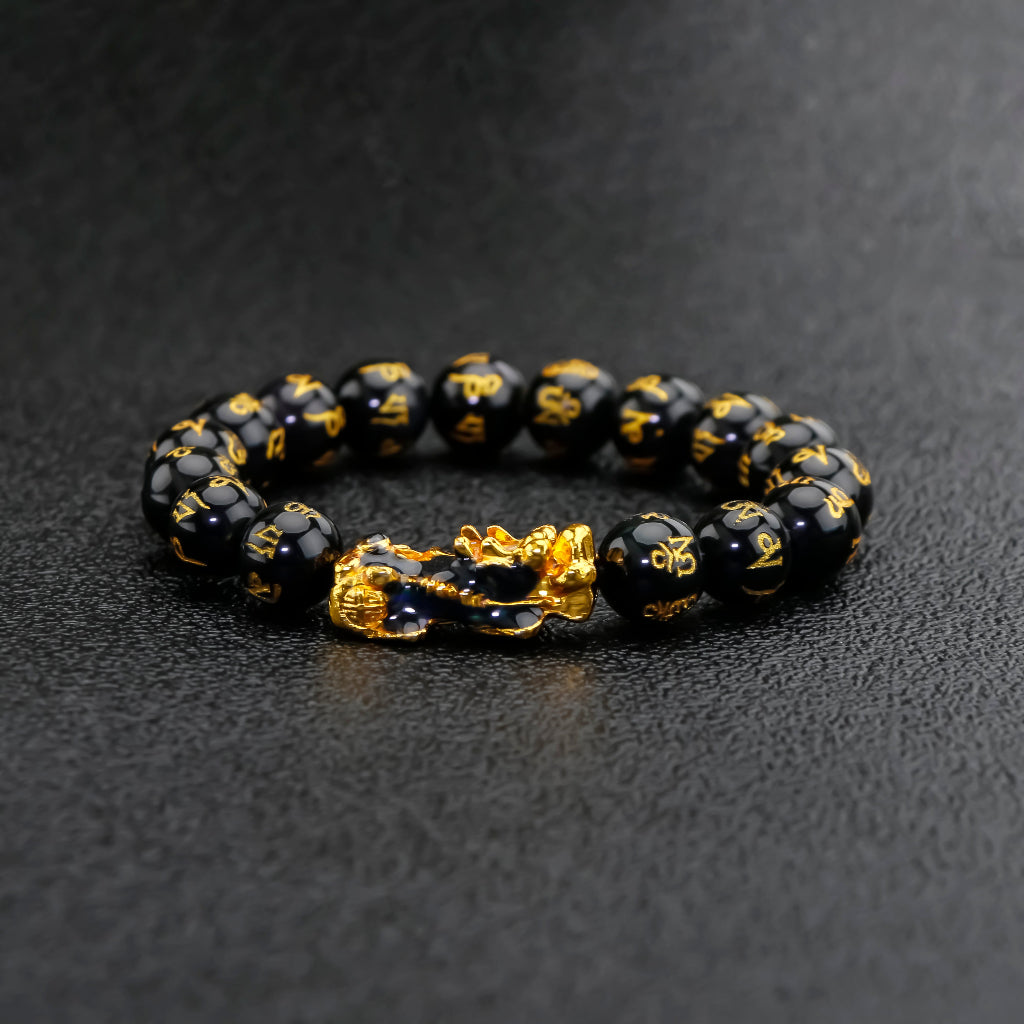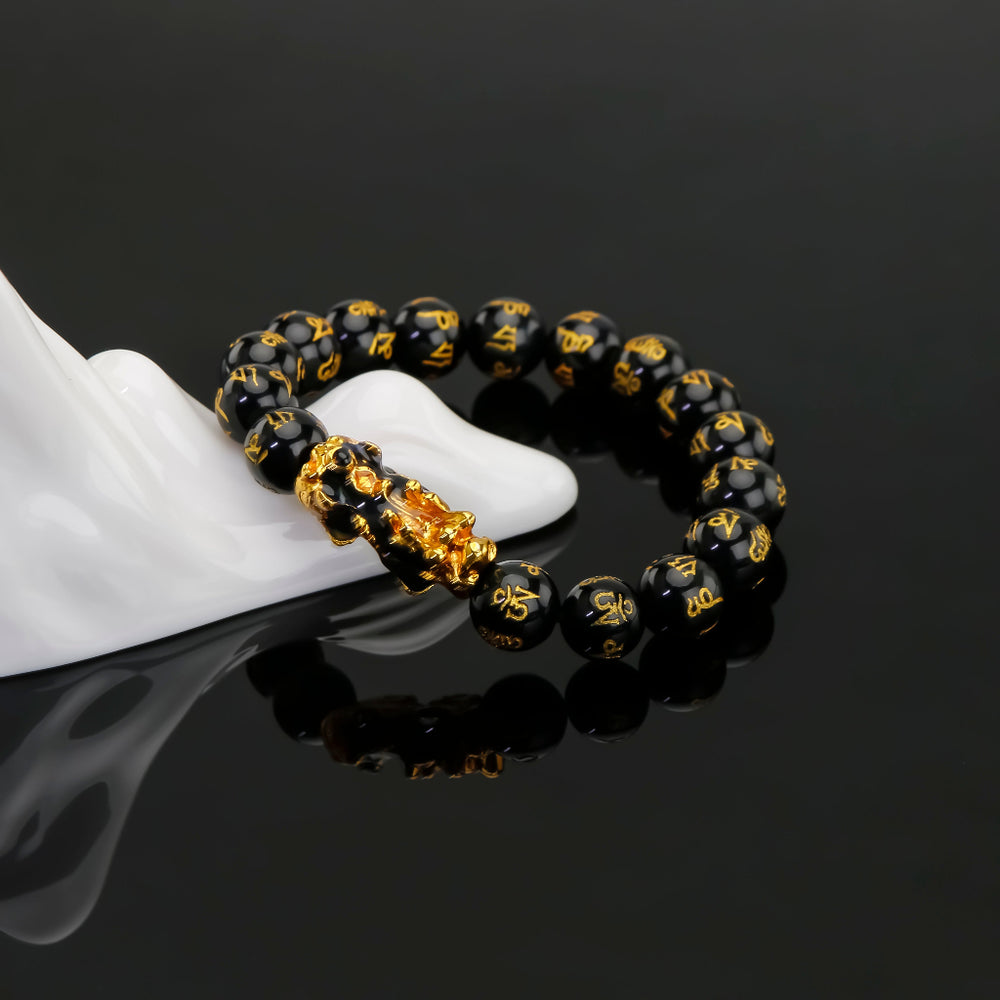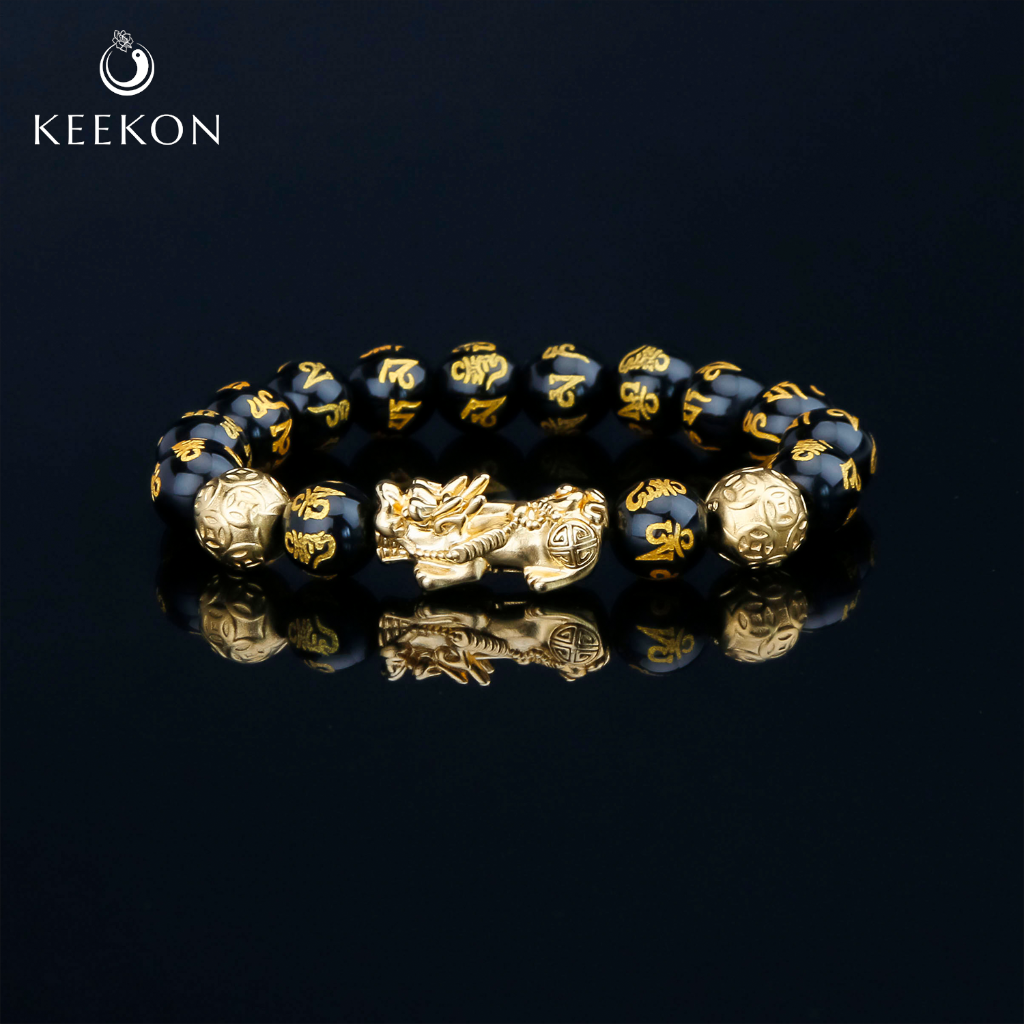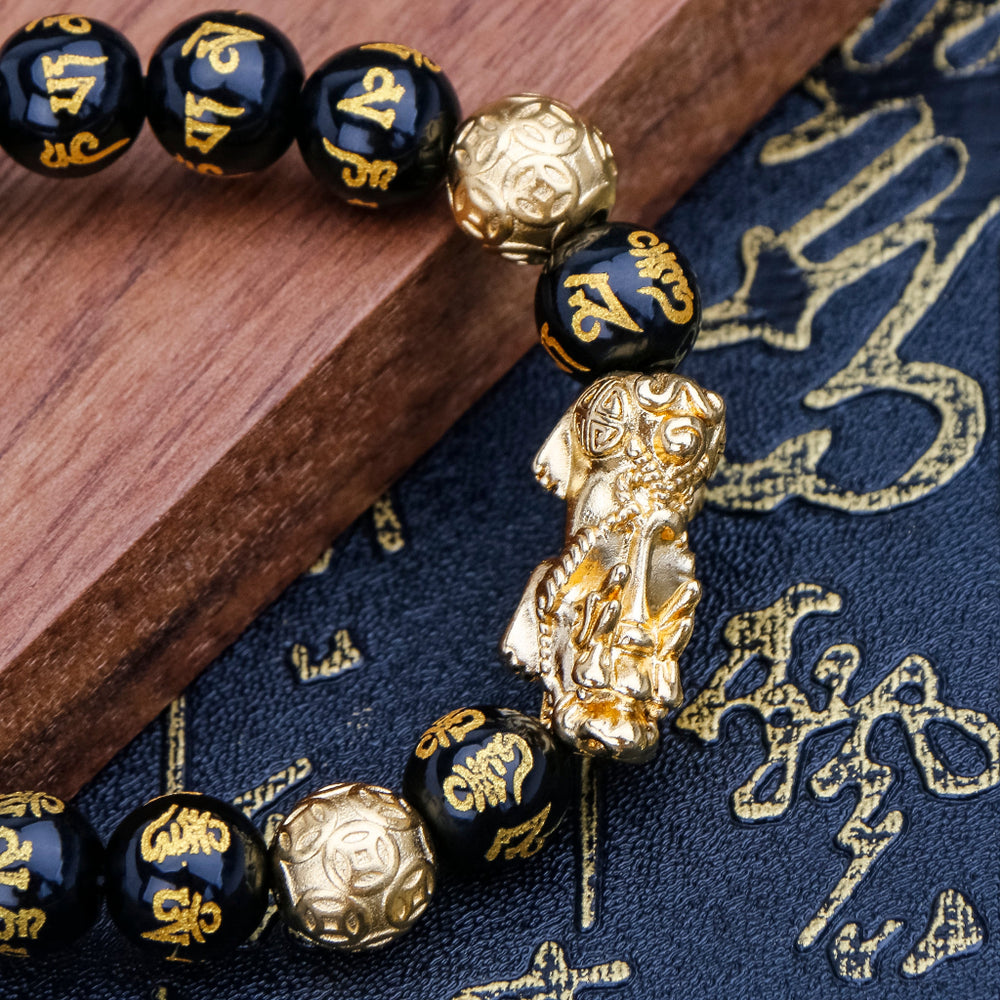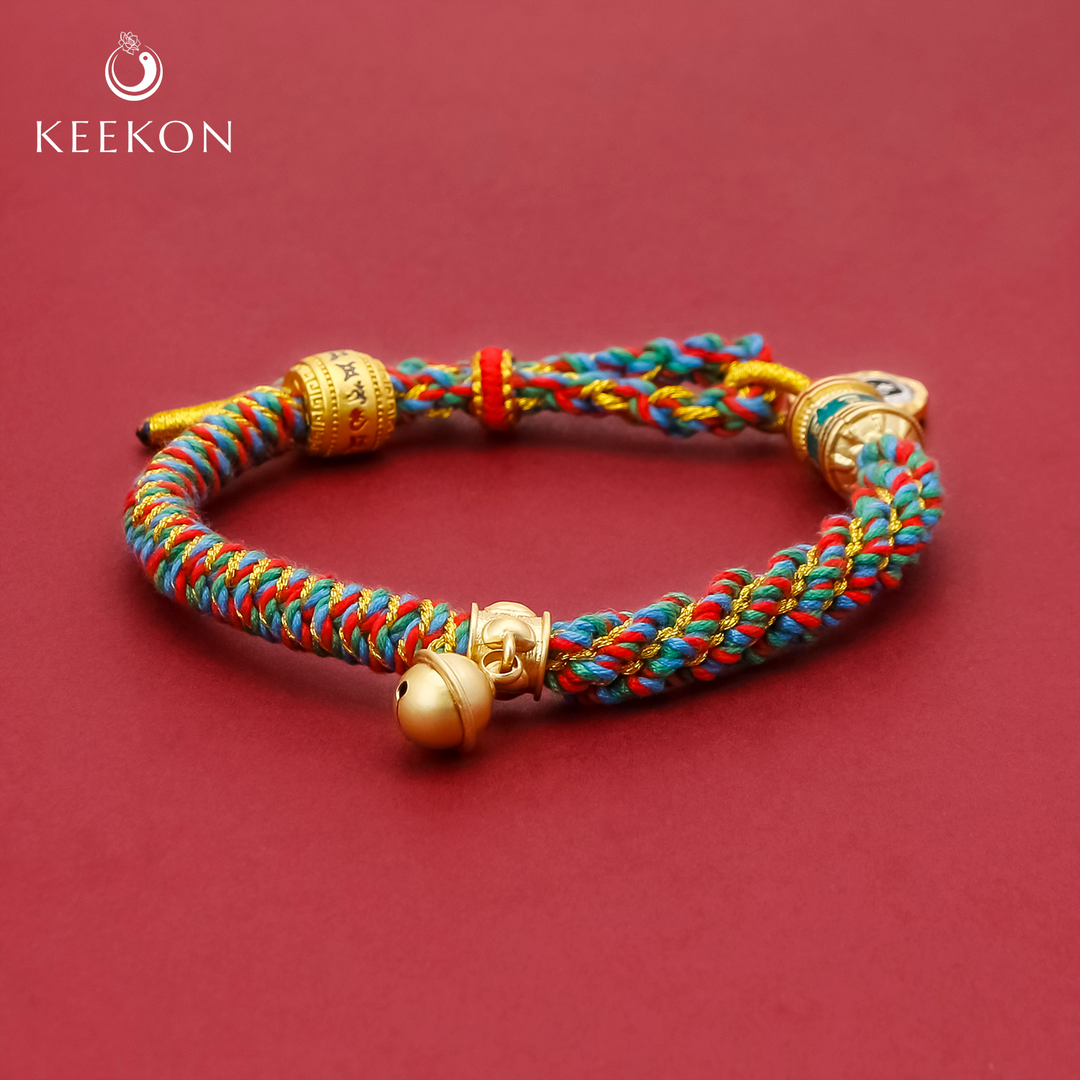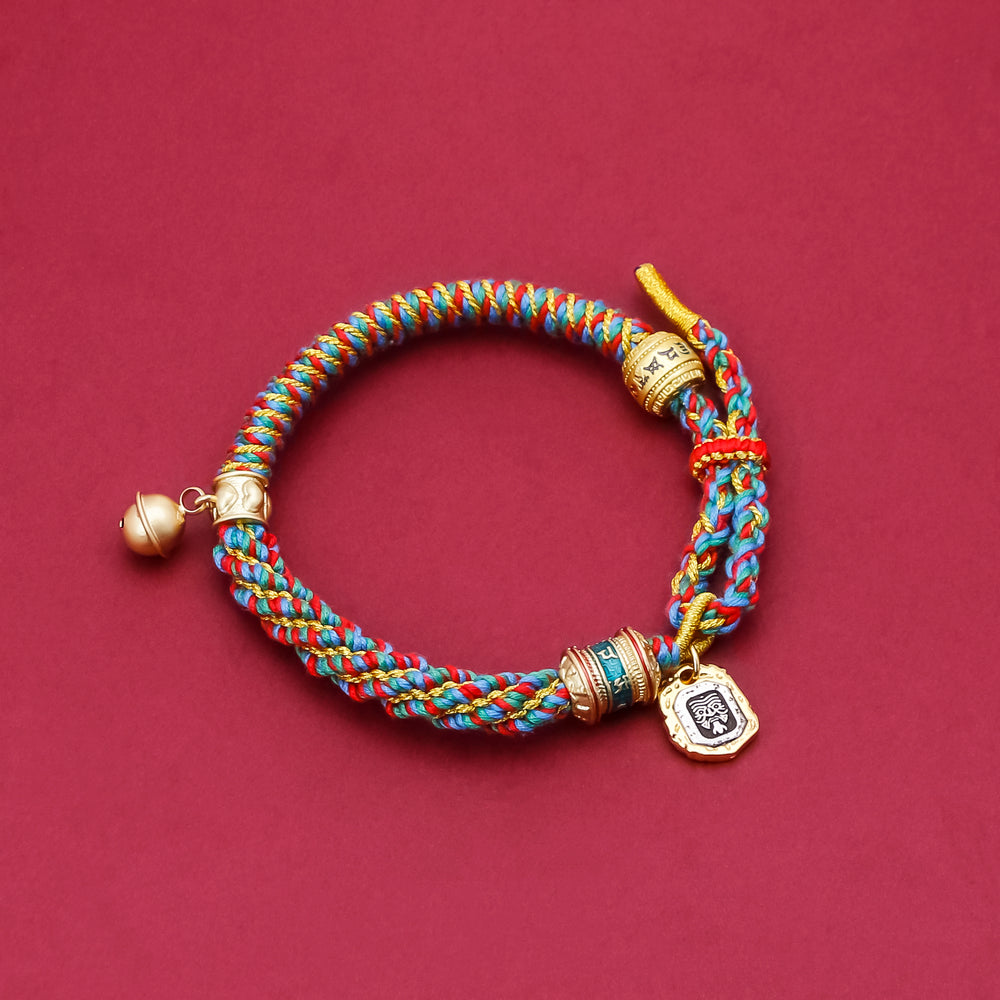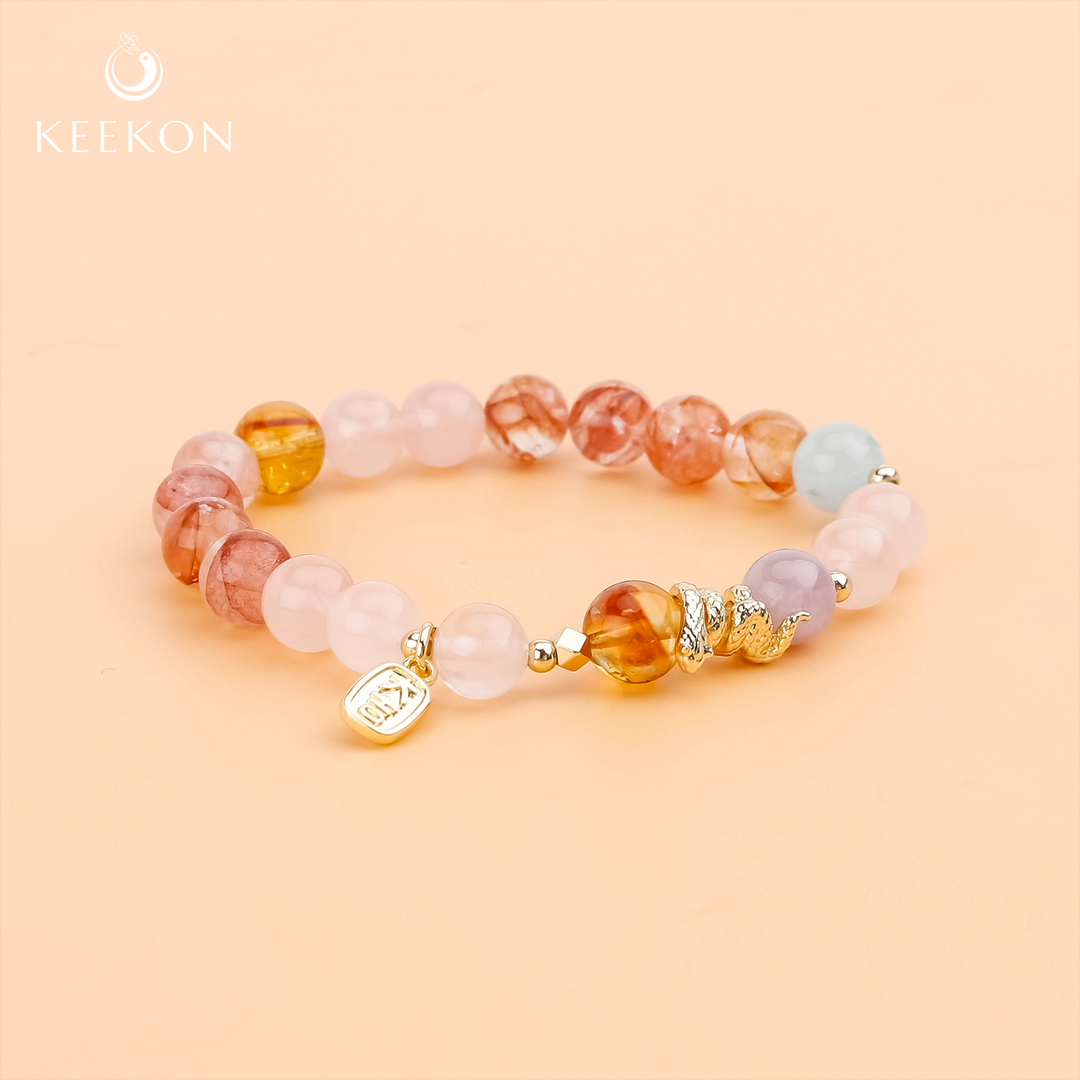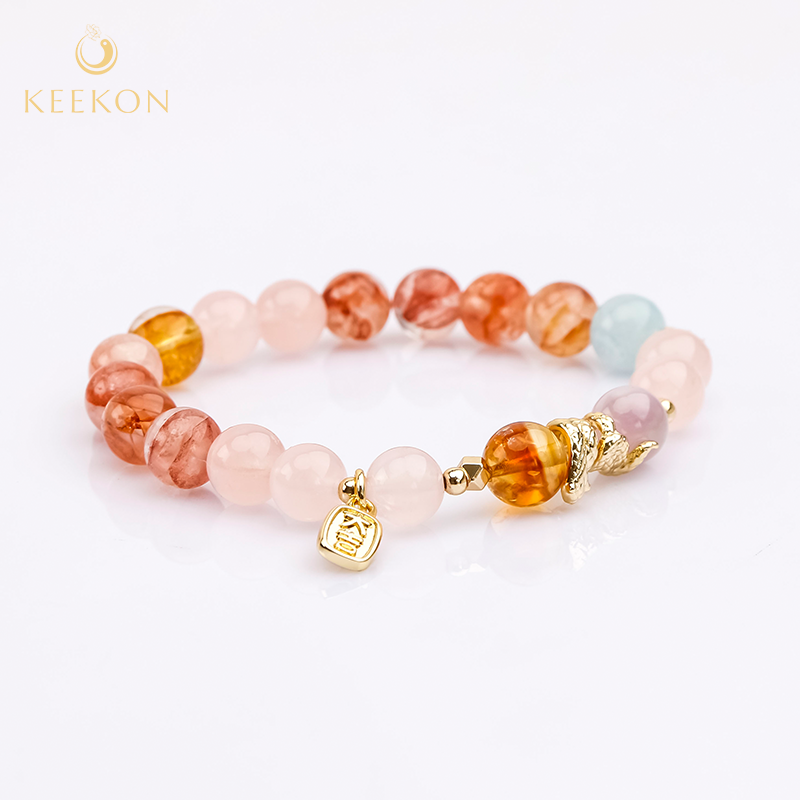What is Feng Shui? The Basic Principles and How it Works
Feng Shui (风水), literally meaning "wind and water," is an ancient Chinese practice that explores how to harmonize individuals with their surrounding environment. Rooted in Taoist philosophy, Feng Shui sees the world as alive and interconnected. It teaches us that by arranging our spaces thoughtfully, we can influence the flow of energy;- known as Chi (气) - to attract prosperity, health, love, and success into our lives.
In this article, we will dive into what Feng Shui is, its basic principles, how it works, and how you can apply it practically in your own home. We'll also explore the Five Elements (五行) - a cornerstone of Feng Shui - and how they interact to shape the energy of your space.
What is Feng Shui?
At its core, Feng Shui is about creating balance and flow. Practitioners believe that when energy flows smoothly through an environment, it nurtures the people within it. But when energy is blocked or chaotic, it can lead to discomfort, bad luck, or even misfortune.
Feng Shui is not a religion; rather, it is a philosophy and system of environmental design. Over thousands of years, it has evolved into a sophisticated body of knowledge that blends intuition, observation, and ancient Chinese cosmology.
The ultimate goal of Feng Shui is to align your external surroundings with your internal aspirations, thereby creating an environment that supports your life goals.

Origins and Philosophy of Feng Shui
Feng Shui has been practiced for over 3,000 years in China, originally used to select auspicious locations for tombs, palaces, and cities. Over time, it evolved into a sophisticated system to arrange homes and buildings in ways that attract beneficial energies and deflect negative ones.
The core of Feng Shui philosophy lies in Taoism, which emphasizes living in harmony with nature and the universe. Qi—an invisible life force that flows through all things—is believed to be influenced by the physical surroundings. By guiding this energy wisely, Feng Shui aims to enhance health, wealth, relationships, and spiritual clarity.
Basic Principles of Feng Shui
Feng Shui is guided by several foundational principles that together create a holistic system for cultivating balance and positive energy. Understanding these core ideas is essential to applying Feng Shui effectively in any environment.
Chi (Energy)
At the heart of Feng Shui is the concept of Chi, the invisible life force that flows through all living things and spaces. A harmonious environment nurtures healthy, vibrant Chi, while clutter, sharp angles, or poor layouts can block or disrupt it. In Feng Shui practice, the goal is to facilitate a smooth, nourishing flow of Chi throughout your home or workspace, encouraging vitality, prosperity, and well-being.
Yin and Yang
Yin and Yang symbolize the dual forces that exist in all aspects of life - dark and light, feminine and masculine, passive and active. Neither can exist without the other, and both must be balanced for harmony to prevail. In Feng Shui, this means designing spaces that are neither overly stimulating (too much Yang) nor too stagnant (too much Yin). For example, a home office may benefit from more Yang energy (bright lighting, lively colors), while a bedroom should favor Yin qualities (softer lighting, calming tones) to support restful sleep.
The Five Elements (Wu Xing)
The Five Elements - Wood, Fire, Earth, Metal, and Water - are dynamic forces that interact continuously to shape the energy of a space. Each element corresponds to specific colors, shapes, emotions, and areas of life. By thoughtfully integrating these elements, you can enhance the natural flow of Chi and support specific intentions, such as boosting creativity, building wealth, or strengthening relationships.
The Bagua Map
The Bagua Map is a symbolic tool that divides a space into nine interconnected zones, each representing a key aspect of life: wealth, fame, love, family, health, creativity, knowledge, career, and helpful people. By overlaying the Bagua onto your home, room, or office, you can identify which areas correspond to your personal goals and make targeted adjustments to strengthen the desired energy.
Together, these principles form the foundation of Feng Shui, helping you create environments that are not only aesthetically pleasing but also energetically supportive of your life's journey.

The Bagua Areas in Feng Shui
To begin applying the bagua—a core feng shui tool that maps your environment to different areas of life—start by focusing on one to three life areas that currently need the most attention. Avoid trying to work on all nine zones at once, as this may disrupt your energy flow and feel overwhelming. Instead, enhance your focus by applying feng shui adjustments in the corresponding room or part of your home.
Each bagua area corresponds to a specific life theme, along with associated elements, colors, shapes, seasons, and symbolic meanings:

Family (Zhen)
Represents: Family, growth, new beginnings
Shape: Columnar or rectangular
Colors: Green, blue, teal
Season: Spring
Number: 3
Element: Yang Wood
Wealth (Xun)
Represents: Prosperity, abundance, financial growth
Shape: Columnar or rectangular
Color: Purple
Season: Spring
Number: 4
Element: Yin Wood
Health (Tai Qi / Center)
Represents: Overall well-being and vitality
Shape: Square and balanced
Colors: Earth tones—yellow, brown, orange
Season: Seasonal transitions
Number: 5
Element: Earth
Helpful People & Travel (Qian)
Represents: Mentors, support systems, travel opportunities
Shape: Circular or spherical
Colors: Gray, silver, metallics
Season: Autumn
Number: 6
Element: Yang Metal
Children & Creativity (Dui)
Represents: Children, creativity, joy, completion
Shape: Circular or spherical
Colors: White, silver, metallics
Season: Autumn
Number: 7
Element: Yin Metal
Knowledge & Wisdom (Gen)
Represents: Personal growth, learning, self-reflection
Shape: Square and grounded
Color: Dark blue
Season: Transitional periods
Number: 8
Element: Yang Earth
Fame & Reputation (Li)
Represents: Visibility, passion, recognition, reputation
Shape: Triangular or pointed
Color: Red
Season: Summer
Number: 9
Element: Fire
Career & Life Path (Kan)
Represents: Career, life journey, purpose
Shape: Flowing or wavy
Color: Black
Season: Winter
Number: 1
Element: Water
Love & Partnerships (Kun)
Represents: Romantic relationships, partnerships, self-care
Shape: Square and stable
Color: Pink
Season: Seasonal transitions
Number: 2
Element: Yin Earth
The Commanding Position in Feng Shui
In feng shui, the commanding position is the optimal spot in a room where you can see the entrance without being directly in line with it—typically situated diagonally across from the door. This placement gives you a clear view of the space while providing a sense of control and security.
This is where the most significant piece of furniture should go—whether it’s your bed in the bedroom, desk in your office, or stove in the kitchen. These items hold symbolic meaning in feng shui: the bed represents yourself and your well-being, the desk symbolizes your career and ambitions, and the stove reflects your wealth and ability to provide nourishment.
By placing these key pieces in the commanding position, you align yourself with clarity, stability, and empowerment in your everyday life.
How Does Feng Shui Work?
Feng Shui works by analyzing and adjusting the flow of Chi (energy) within a space to create harmony between individuals and their environment. It views your surroundings as a living ecosystem where every object, color, material, and layout choice either supports or blocks your life energy. By making mindful changes based on Feng Shui principles, you can unlock the potential for improved health, wealth, relationships, and overall well-being.
1. Harnessing Chi
The movement of Chi within a home or office greatly affects your emotional and physical states. In Feng Shui, practitioners observe how energy circulates - seeking to remove blockages such as cluttered hallways, sharp furniture edges, or poorly lit corners - and encourage a smooth, vibrant flow. Healthy Chi feels refreshing and empowering, whereas stagnant Chi can lead to feelings of tiredness, confusion, or misfortune.
2. Applying the Bagua Map
The Bagua Map acts as an energetic blueprint for your space. By mapping the Bagua over the floor plan of your home, you can see how different areas relate to aspects of your life - such as career, love, health, or wealth. Enhancing these sectors with corresponding elements, colors, and symbols allows you to focus intention and energy where it is needed most.
For example, placing a lush plant (Wood element) in the Wealth corner can stimulate financial growth, while adding soft pink decor in the Love corner may enhance romantic relationships.
3. Balancing Yin and Yang
Every space requires a balance of Yin and Yang energies to feel comfortable and supportive. A room that is too Yang (overly bright, busy, or loud) can cause stress, while one that is too Yin (dark, isolated, or cold) may lead to lethargy and sadness. Feng Shui adjustments often involve balancing textures, lighting, colors, and arrangements to achieve a harmonious blend suited to the room's purpose.
4. Activating the Five Elements
Each of the Five Elements - Wood, Fire, Earth, Metal, and Water - has a unique energetic signature that can be activated or subdued depending on your needs. Feng Shui practitioners carefully introduce these elements through materials, shapes, and colors to support different goals.
For instance:
To foster growth and new beginnings, you might incorporate more Wood energy through green plants or wooden furniture.
To spark passion and motivation, Fire elements like candles or red accents can be added.
The interplay of these elements ensures that the space remains lively, balanced, and aligned with your intentions.
5. Creating Symbolic Alignments
Symbols are powerful carriers of meaning in Feng Shui. From placing a laughing Buddha for joy and abundance to hanging wind chimes to disperse stagnant Chi, symbolic objects are thoughtfully positioned to remind you of your goals and attract positive outcomes.
By combining the practical (organization, layout) with the symbolic (intention, meaning), Feng Shui transforms ordinary spaces into sacred environments that nurture every aspect of your life.
The Five Elements in Feng Shui
The Five Elements - Wood, Fire, Earth, Metal, and Water are fundamental energies that interact to create balance and transformation in Feng Shui. Each element represents certain qualities, colors, shapes, seasons, emotions, and life areas.
Wood Element: Growth and Vitality
Wood symbolizes growth, expansion, and vitality. It represents springtime, creativity, and new beginnings. In Feng Shui, Wood energy encourages personal development, health, and financial prosperity.
Associated Colors: Green, teal, and blue
Associated Shapes: Columns, rectangles
Ideal Enhancements: Live plants, wooden furniture, floral patterns
Use Wood energy when you want to cultivate career growth, academic success, or vibrant health. Placing healthy green plants or wooden decor in the East (Health and Family) or Southeast (Wealth) areas can energize these sectors.
Jewelry Tip: Embrace the power of Wood with natural green jade bracelets or wooden bead necklaces.
Fire Element: Passion and Recognition
Fire represents passion, enthusiasm, and transformation. It is associated with the height of summer, fame, and visibility. Fire energy brings warmth, excitement, and strong dynamic forces into a space.
Associated Colors: Red, strong yellow, orange, purple, pink
Associated Shapes: Triangles, pointed shapes
Ideal Enhancements: Candles, lighting, vibrant artwork, fireplaces
Use Fire energy when you seek recognition, love, inspiration, or leadership opportunities. Adding red accents or candles to the South area (Fame and Reputation) can boost your presence and charisma.
Jewelry Tip: Channel fiery energy with red string bracelets, cinnabar charms, or vibrant gemstone pieces.
Earth Element: Stability and Nourishment
Earth embodies grounding, stability, and nourishment. It relates to the late summer season and the center of the Bagua map, representing overall balance, relationships, and self-care.
Associated Colors: Yellow, beige, sandy tones, light brown
Associated Shapes: Squares, flat shapes
Ideal Enhancements: Crystals, ceramics, pottery, stone materials
Use Earth energy when you need emotional support, strong relationships, or better health. Enhancing the Southwest (Love and Relationships), Northeast (Knowledge and Wisdom), and Center areas with earthy colors and materials strengthens inner balance and connection.
Jewelry Tip: Connect with Earth energy through crystal bracelets, such as yellow jasper, tiger's eye, or agate stones.
Metal Element: Clarity and Precision
Metal symbolizes clarity, focus, strength, and efficiency. It is associated with autumn, communication, and financial management. Metal energy helps cut through chaos and brings order and discipline.
Associated Colors: White, gray, metallics (gold, silver)
Associated Shapes: Circles, ovals, arches
Ideal Enhancements: Metal sculptures, mirrors, metal frames, bells
Use Metal energy when you want to enhance intellectual pursuits, communication, or financial planning. Strengthening the West (Creativity and Children) and Northwest (Helpful People and Travel) areas with metal objects supports clarity and resourcefulness.
Jewelry Tip: Elevate Metal energy with our sleek silver jewelry, minimalist metal charms, or hematite bracelets.
Water Element: Flow and Abundance
Water represents flow, intuition, wisdom, and abundance. It is linked to winter, deep thinking, spirituality, and wealth generation. Water energy helps connect you to your inner world and unlocks opportunities.
Associated Colors: Black, deep blue
Associated Shapes: Wavy, flowing shapes
Ideal Enhancements: Fountains, aquariums, mirrors, water-themed art
Use Water energy to enhance career prospects, deepen spiritual connection, or invite wealth. Strengthening the North area (Career and Life Path) with Water elements, like a small indoor fountain or a mirror can support smooth life transitions and new opportunities.
Jewelry Tip: Embrace the wisdom of Water with deep blue crystal pendants, black obsidian bracelets, or aquamarine charms.
Cycles of Creation and Destruction
The Five Elements interact through two essential cycles:

Creation Cycle (Enhancing Energy):
Wood feeds Fire
Fire creates Earth (ash)
Earth bears Metal
Metal carries Water (as condensation)
Water nourishes Wood
Destruction Cycle (Controlling Energy):
Wood parts Earth
Earth dams Water
Water extinguishes Fire
Fire melts Metal
Metal chops Wood
By mastering these cycles, you can harmonize the elements in your home and life more effectively.
Practical Tips to Apply Feng Shui at Home
Here are simple ways to start bringing Feng Shui into your space:
1. Clear the Clutter
Energy needs to flow freely. Clutter blocks Chi and can create stagnation in your life. Regularly declutter and organize your space.
2. Focus on Your Entryway
Make sure the entrance to your home is clean, bright, and inviting. Use plants, lights, or a cheerful welcome mat to encourage positive energy to enter.
3. Position Furniture Thoughtfully
In Feng Shui, the "command position" is key: place major pieces like your bed or desk so you can see the door without being directly in line with it.
4. Balance the Elements
Notice if one element dominates a room. Add complementary elements to restore harmony. For example, if your home is heavy in metallic tones, introduce some plants (Wood) for balance.
5. Use the Bagua Map
Identify which parts of your home correspond to wealth, love, career, etc. Enhance those areas with appropriate colors, elements, and symbols.
6. Use Mirrors Wisely
Mirrors expand energy and light but avoid placing them directly facing beds or doors, which can cause restlessness.
7. Incorporate Crystals and Spiritual Decor
From jade for harmony to amethyst for spiritual protection, placing healing crystals in Bagua zones can amplify intentions. Many of these are beautifully available in our Keekon Crystal Collection.
Conclusion
Feng Shui is a powerful tool for transforming your environment, and by extension, your life. By understanding and applying its basic principles, you can create a home that not only looks beautiful but also supports your deepest desires and ambitions.
Whether you're seeking more love, better health, increased wealth, or simply a greater sense of peace, Feng Shui offers practical, time-tested methods to help you align your space with your dreams.
At Keekon, we believe that true well-being comes from within, but it’s amplified by the environments we cultivate. By bringing mindfulness and intention into your space through Feng Shui, you can open new doors to happiness, abundance, and inner harmony.
FAQs about Feng Shui:
Q: Is Feng Shui a religion?
A: No, feng shui is not a religion. It is a traditional Chinese practice that blends art and science to promote harmony between individuals and their surroundings. While it often intersects with Taoist philosophy, it can be practiced by anyone regardless of their spiritual beliefs.
Q: Can Feng Shui really improve my life?
A: Yes, many people find that applying feng shui principles brings greater balance, clarity, and flow into their lives. While it’s not a magic fix, feng shui can help you become more intentional with your space, leading to better energy, productivity, and peace of mind.
Q: Where should I start with Feng Shui?
A: A good place to start is decluttering your space and identifying one or two bagua areas that need improvement—like your career zone or relationship corner. Focus on small, meaningful changes such as adding the right colors, improving lighting, or positioning furniture according to the commanding position.
Q: Can Feng Shui be applied in small apartments or rented homes?
A: Absolutely. Feng shui can be adapted to any living space, no matter the size. Even in small or rented homes, you can make impactful changes—like using mirrors, lighting, color accents, or movable furniture—to improve energy flow without major renovations.
Q: Are mirrors good or bad in Feng Shui?
A: Mirrors can be powerful tools in feng shui—they reflect energy, light, and space. However, placement matters. Avoid mirrors directly facing the bed, as they can disrupt restful sleep. Never place mirrors facing the front door, as they may reflect chi back out of the home. Use mirrors to expand light and "double" positive energy in intentional areas.
Q: What are the Feng Shui colors?
A: Each of the five elements in feng shui is associated with colors. Brown, orange, and yellow correspond with earth. White and metallics go with metal. Black corresponds with water. Green and blue correspond with wood. And red represents fire.
Q: What colors should be avoided for good Feng Shui?
A: Feng shui doesn’t forbid specific colors entirely, but certain hues can create imbalance when used in the wrong space or in excess. For example:
Too much red in a bedroom may overstimulate and disturb sleep.
Excessive black in small or dimly lit areas may feel heavy or draining.
Bright yellow in a workspace might feel too intense for concentration.
Related articles: What Are Yin and Yang


